Code
HCS31068
Weight
420 gm / 0.93 lbs
Size
Height
12.5cm (5") Width
9cm (4") Depth
11cm (4") Material
Resin
Availability
Available

Safe Payment
We accept Paypal, Money Transfer, Bank Transfer
Confidence
Protection covers your purchase and personal data.
Worldwide Delivery
We ship Worldwide, except Russia.Shipping cost US$25.2 for upto 0.5 kgs

Hotline
Talk to help line for your question on 9841267335Ceramic Molding System
The [laughing Buddha], Buddhist Miniature Statue, [ceramic Molding] has been crafted using the Ceramic mold casting process, a modern approach that provides an alternative to traditional methods such as the lost-wax system or rubber molding. Also referred to as ceramic molding, this technique involves the creation of a ceramic mold to cast the statue. The process begins by making a precise and detailed wax model of the desired sculpture. The wax model is then coated with layers of ceramic material, creating a sturdy mold. Once the mold is complete, it is fired in a kiln, causing the wax to melt and escape, leaving behind a cavity that perfectly replicates the original sculpture. Molten metal is then poured into the mold, allowing it to fill the cavity and take on the desired form. Once cooled and solidified, the ceramic mold is carefully broken away, revealing the final metal statue. Read More . . .
The [laughing Buddha], Buddhist Miniature Statue, [ceramic Molding] has been crafted using the Ceramic mold casting process, a modern approach that provides an alternative to traditional methods such as the lost-wax system or rubber molding. Also referred to as ceramic molding, this technique involves the creation of a ceramic mold to cast the statue. The process begins by making a precise and detailed wax model of the desired sculpture. The wax model is then coated with layers of ceramic material, creating a sturdy mold. Once the mold is complete, it is fired in a kiln, causing the wax to melt and escape, leaving behind a cavity that perfectly replicates the original sculpture. Molten metal is then poured into the mold, allowing it to fill the cavity and take on the desired form. Once cooled and solidified, the ceramic mold is carefully broken away, revealing the final metal statue. Read More . . .
Brief Introduction :
Laughing Buddha statues are perhaps one of the most loved artefacts. They are commonly seen in homes, offices, hotels, gardens, restaurants, shops, and museums and temples. They are made of wood, metal, porcelain, and stone or painted in colour and line.
The Laughing Buddha is a symbol of happiness, contentment and prosperity. He is called âBudaiâ in Chinese. Figures of the Laughing Buddha at the Salar Jung Museum are popular with the visitors
The Laughing Buddha is a symbol of happiness, contentment and prosperity. He is called âBudaiâ in Chinese. Figures of the Laughing Buddha at the Salar Jung Museum are popular with the visitors
According to Chinese tradition, âBudaiâ was an eccentric Chinese Zen monk who lived during the later Liang dynasty (907-923 AD) of China. He was a native of Fenghua and his Buddhist name was Qieci (Chinese : Pinyin). He was considered a man of good and loving character. Some Buddhist traditions consider him a Buddha or âBodhisattvaâ, usually Maitreya (the future Buddha). His large protruding stomach and jolly smile have given him the common designation âLaughing Buddhaâ


![[laughing Buddha], Buddhist Miniature Statue, [ceramic Molding]](https://handicraftseller.com/uploads/pics/product/thumb/2023/10/31068.jpg)
![[laughing Buddha], Buddhist Miniature Statue, [ceramic Molding]](https://handicraftseller.com/uploads/pics/product/thumb/2023/10/31068_0.jpg)
![[laughing Buddha], Buddhist Miniature Statue, [ceramic Molding]](https://handicraftseller.com/uploads/pics/product/thumb/2023/10/31068_1.jpg)
![[laughing Buddha], Buddhist Miniature Statue, [ceramic Molding]](https://handicraftseller.com/uploads/pics/product/thumb/2023/10/31068_2.jpg)
![[laughing Buddha], Buddhist Miniature Statue, [ceramic Molding]](https://handicraftseller.com/uploads/pics/product/thumb/2023/10/31068_3.jpg)
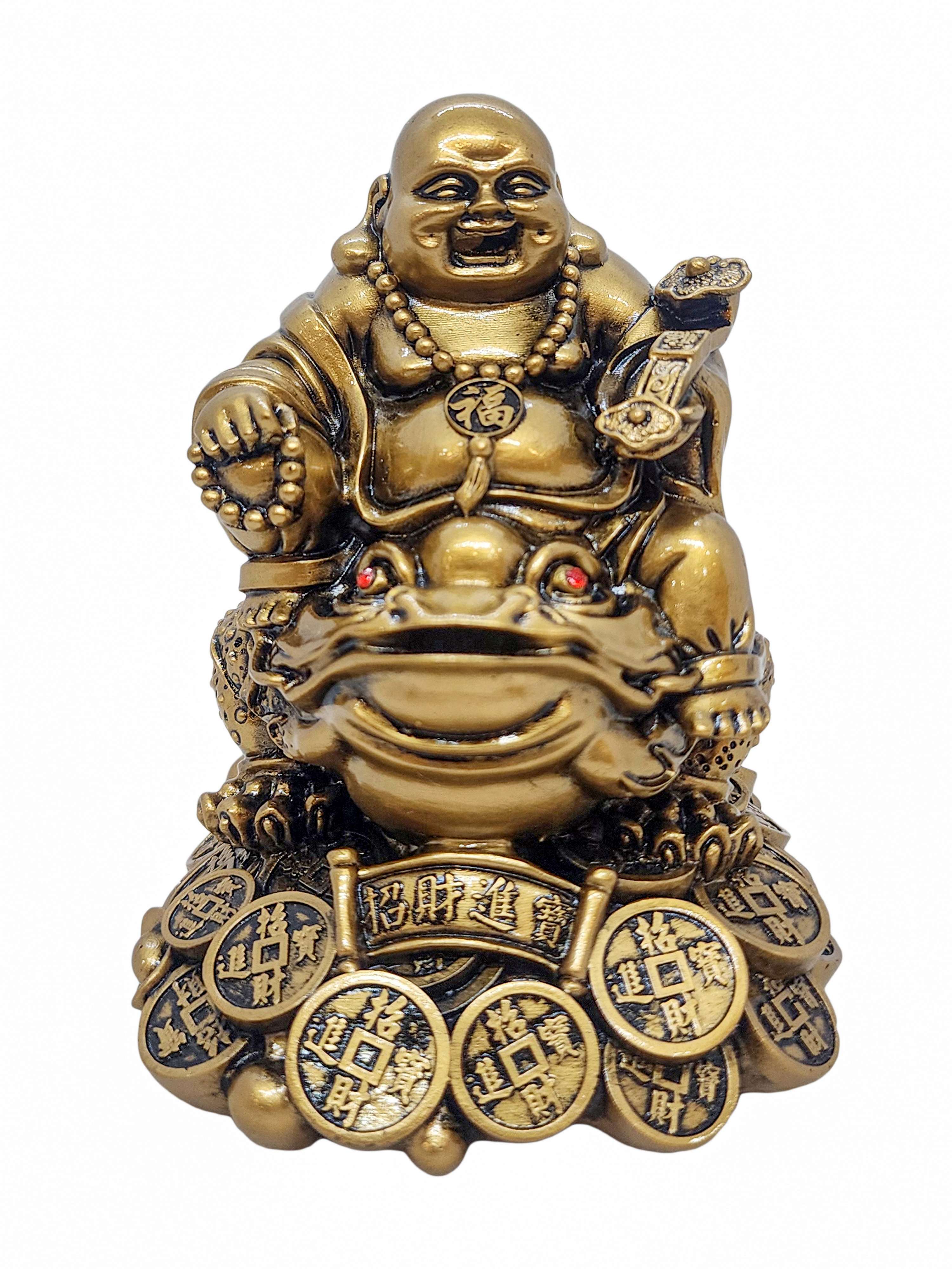
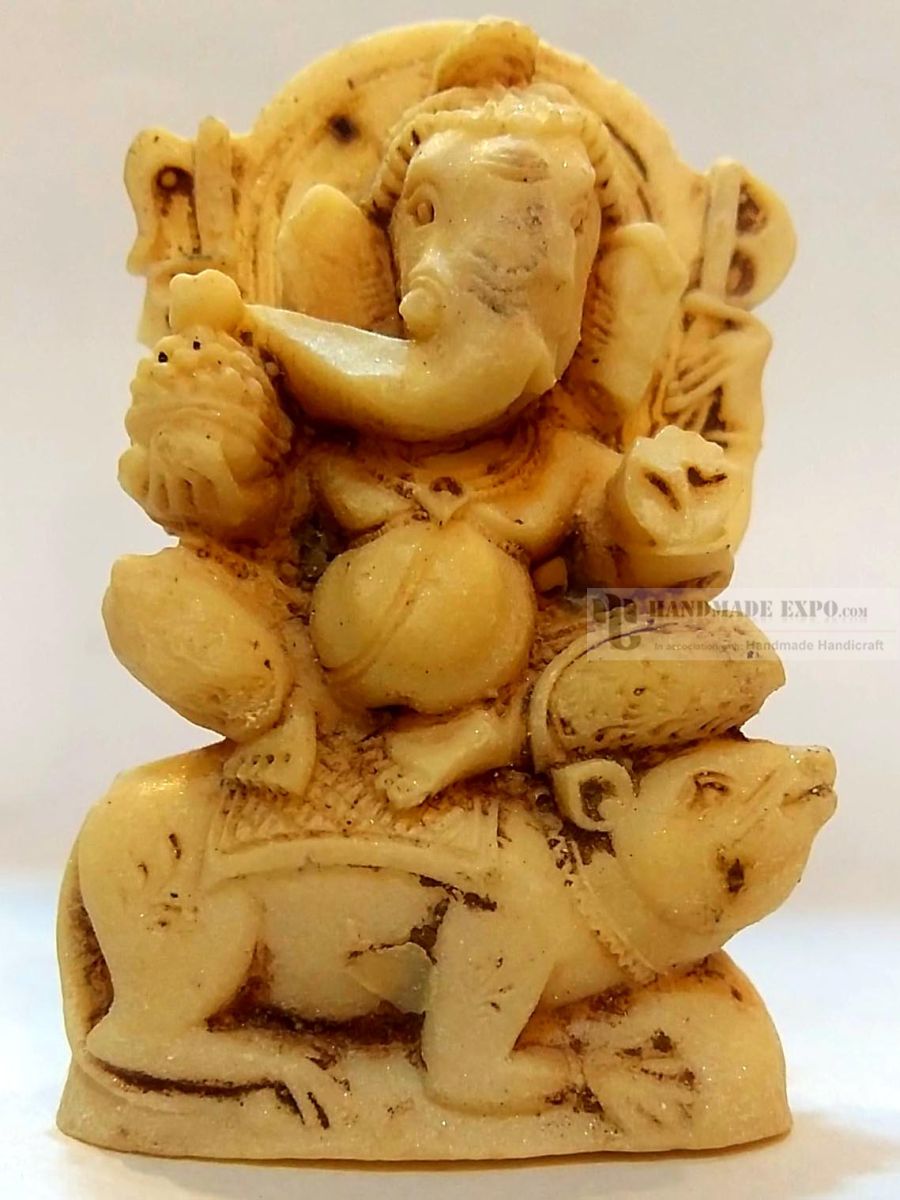
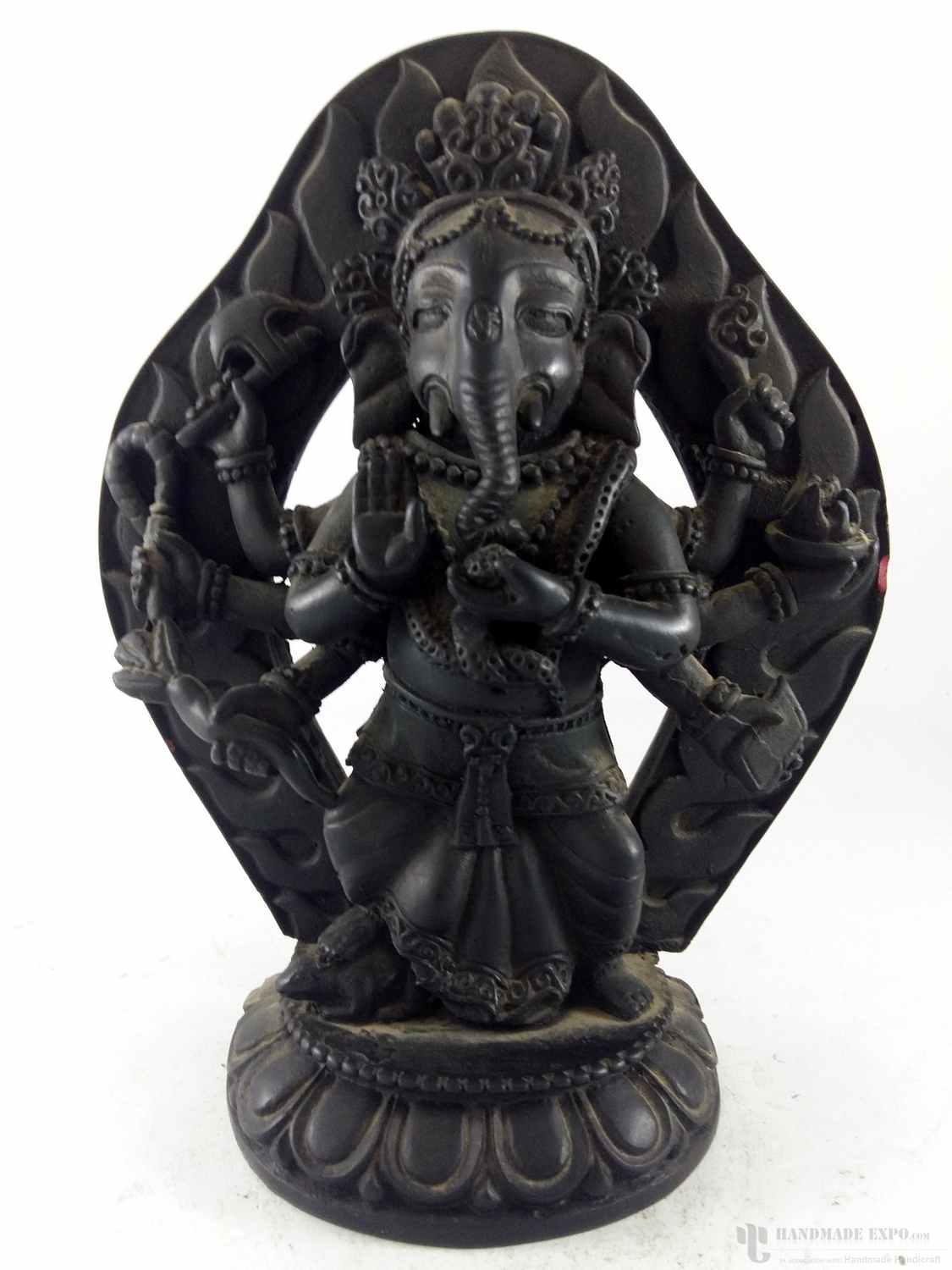 of Standing Ganesh
of Standing Ganesh 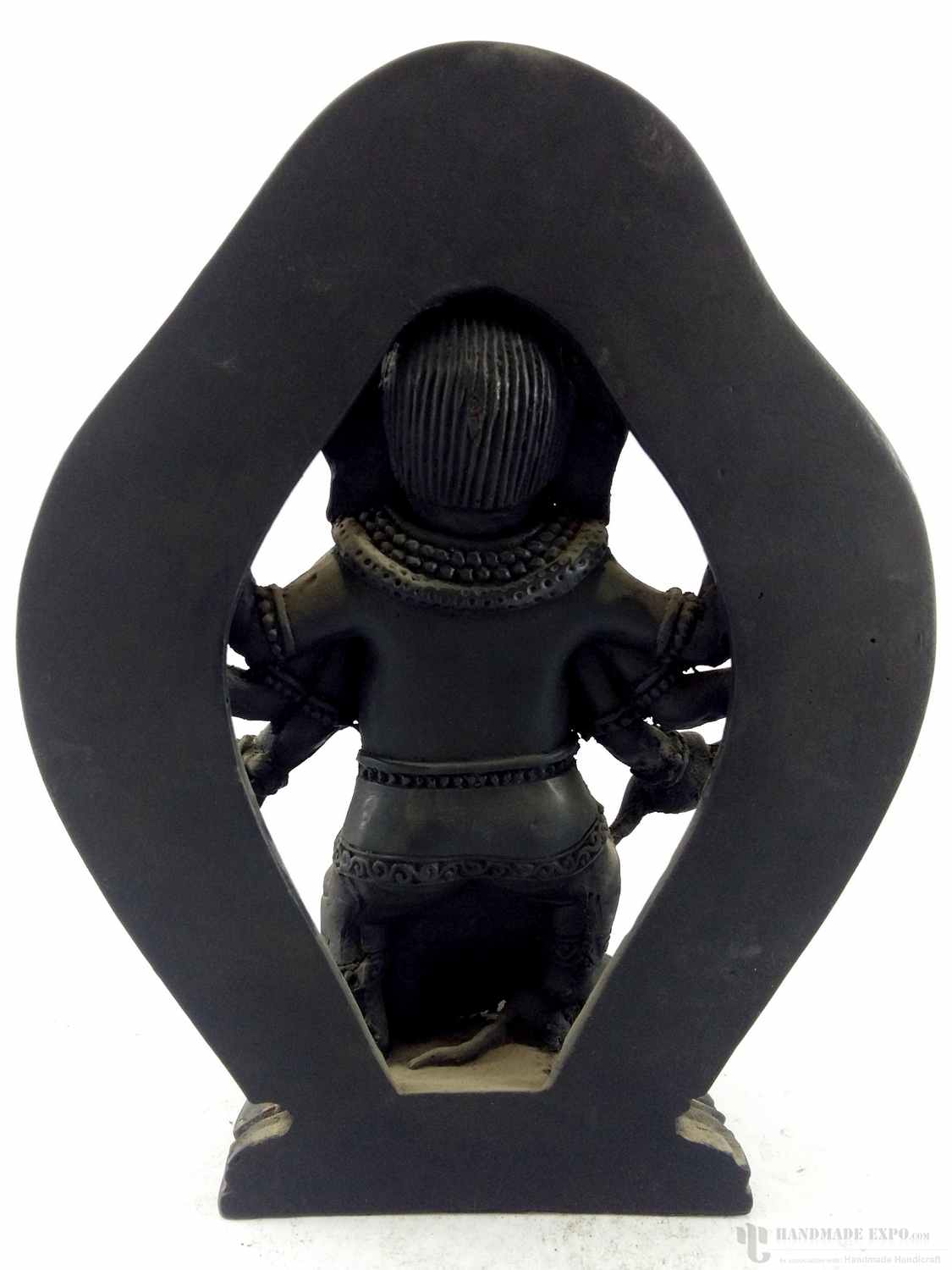 of Standing Ganesh
of Standing Ganesh  of Samantha Bhadra
of Samantha Bhadra 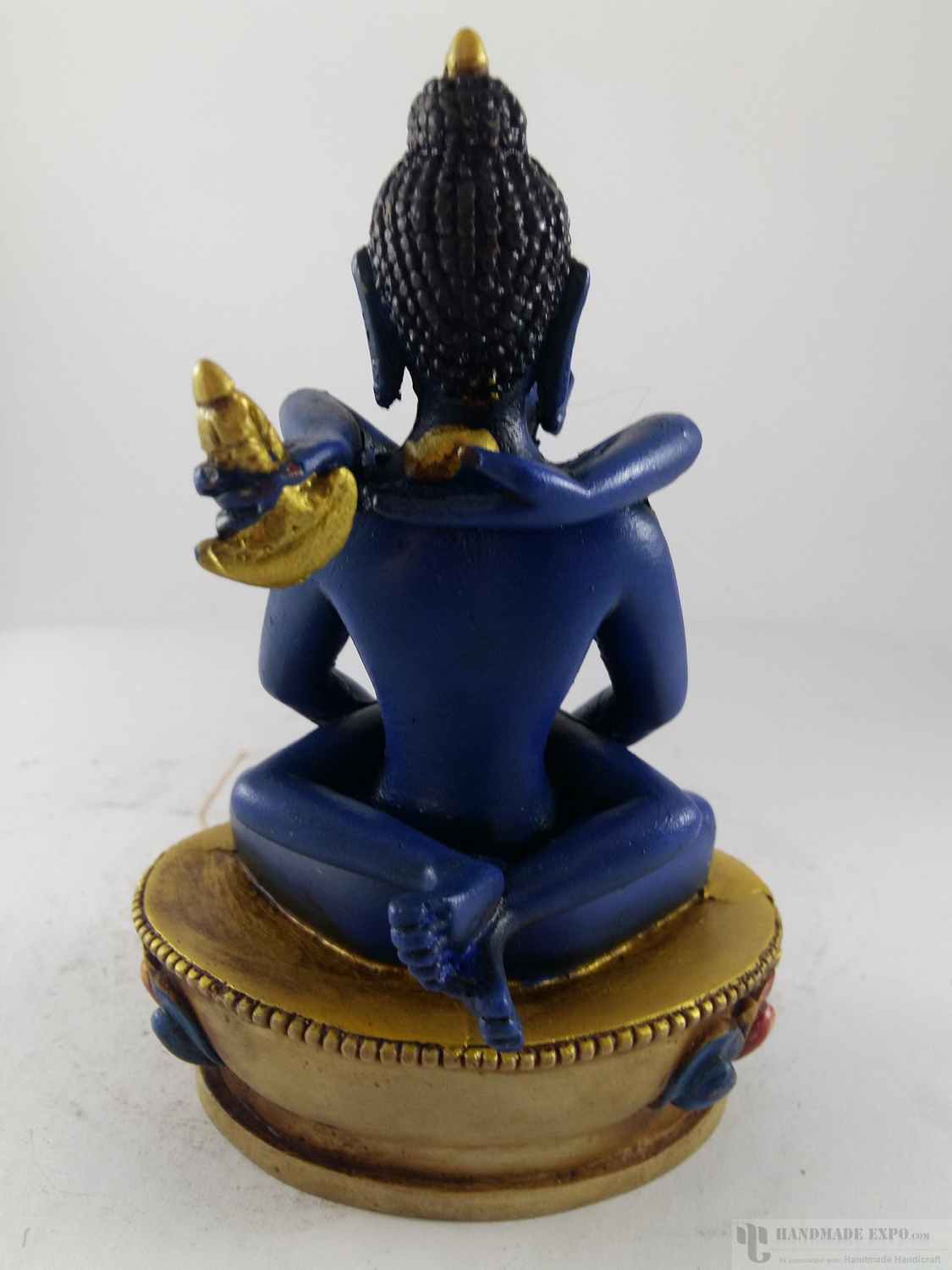 of Samantha Bhadra
of Samantha Bhadra 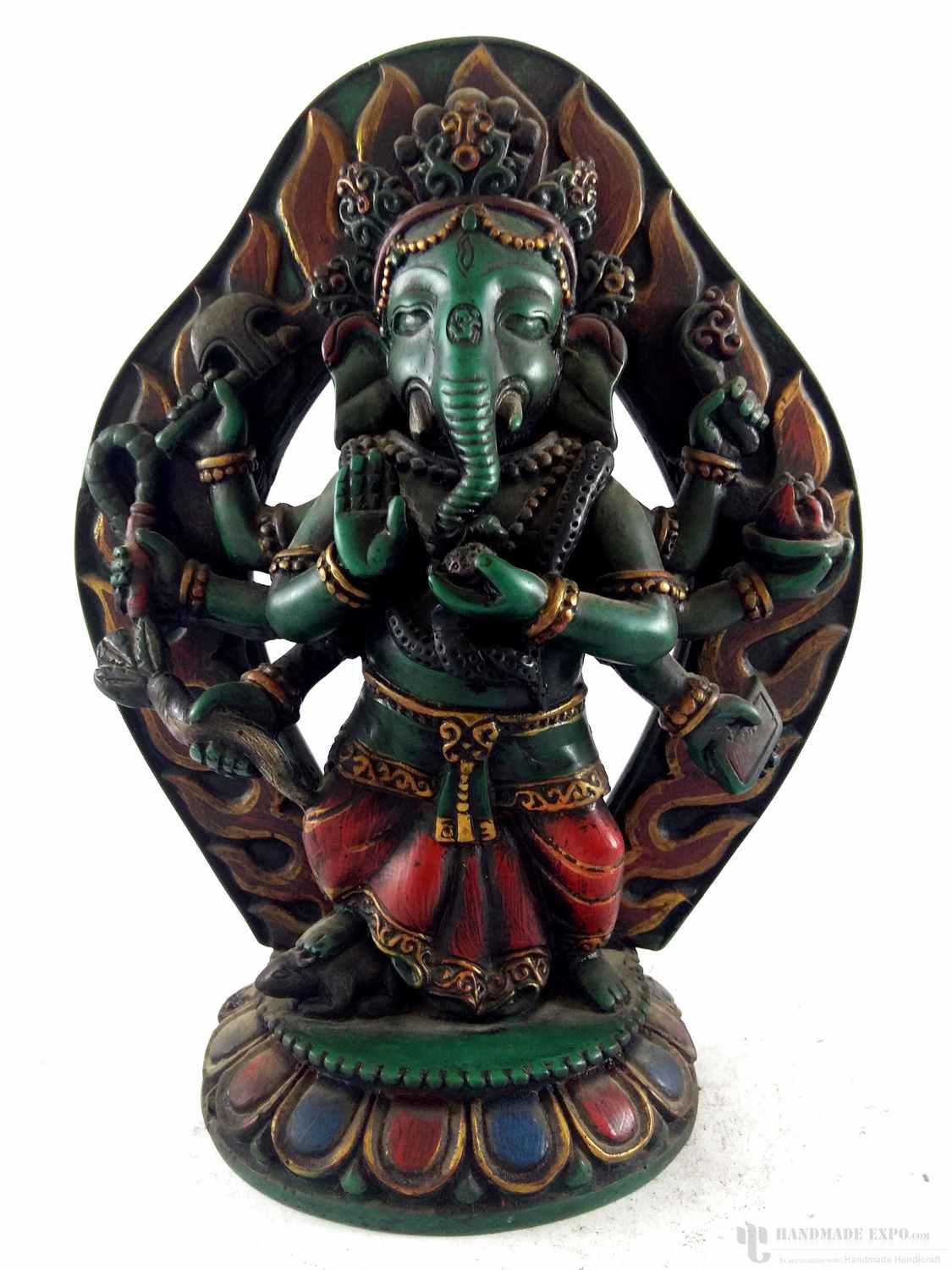 of Standing Ganesh - Painted" title="Resin Statue
of Standing Ganesh - Painted" title="Resin Statue 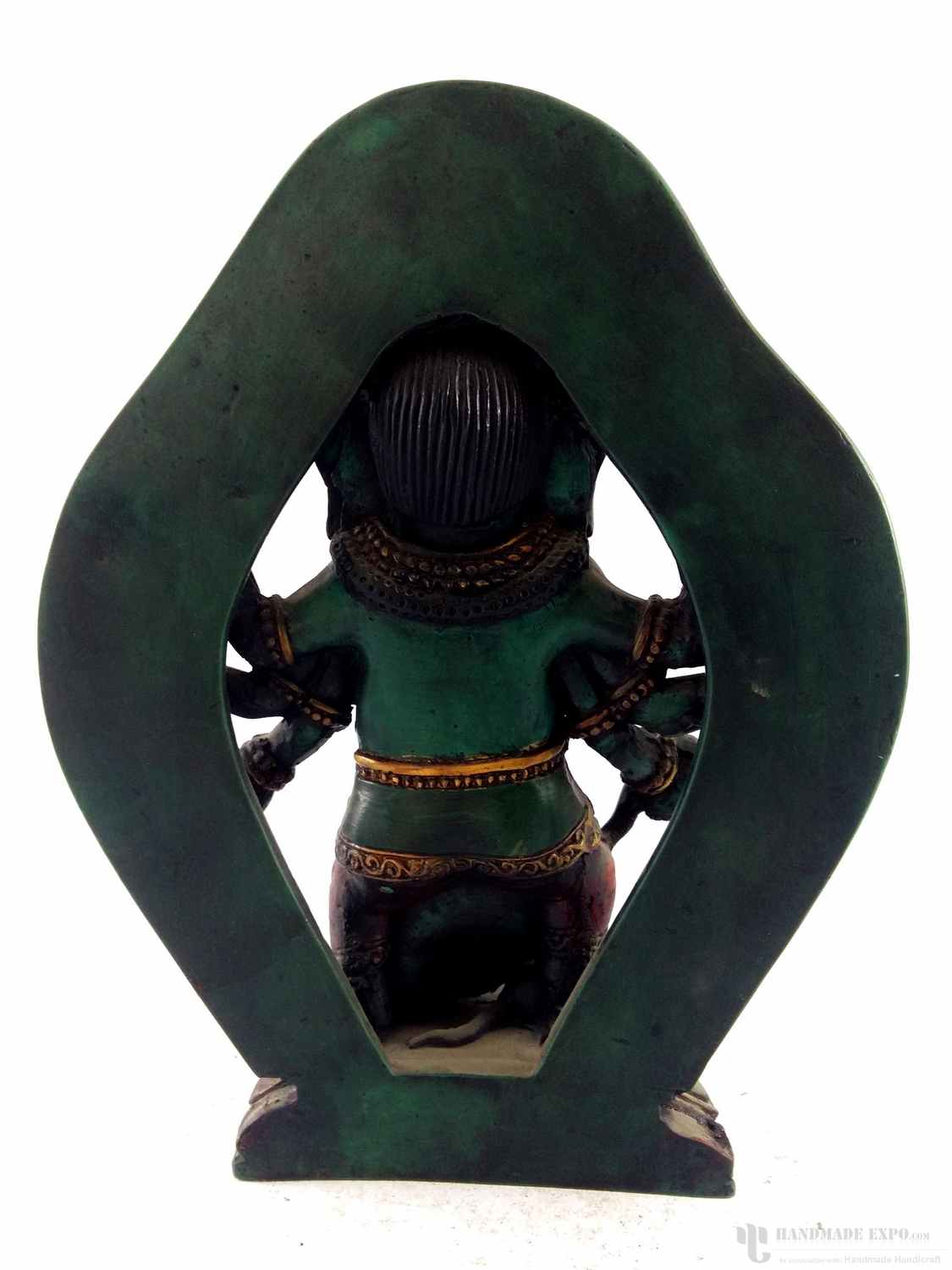 of Standing Ganesh - Painted" title="Resin Statue
of Standing Ganesh - Painted" title="Resin Statue 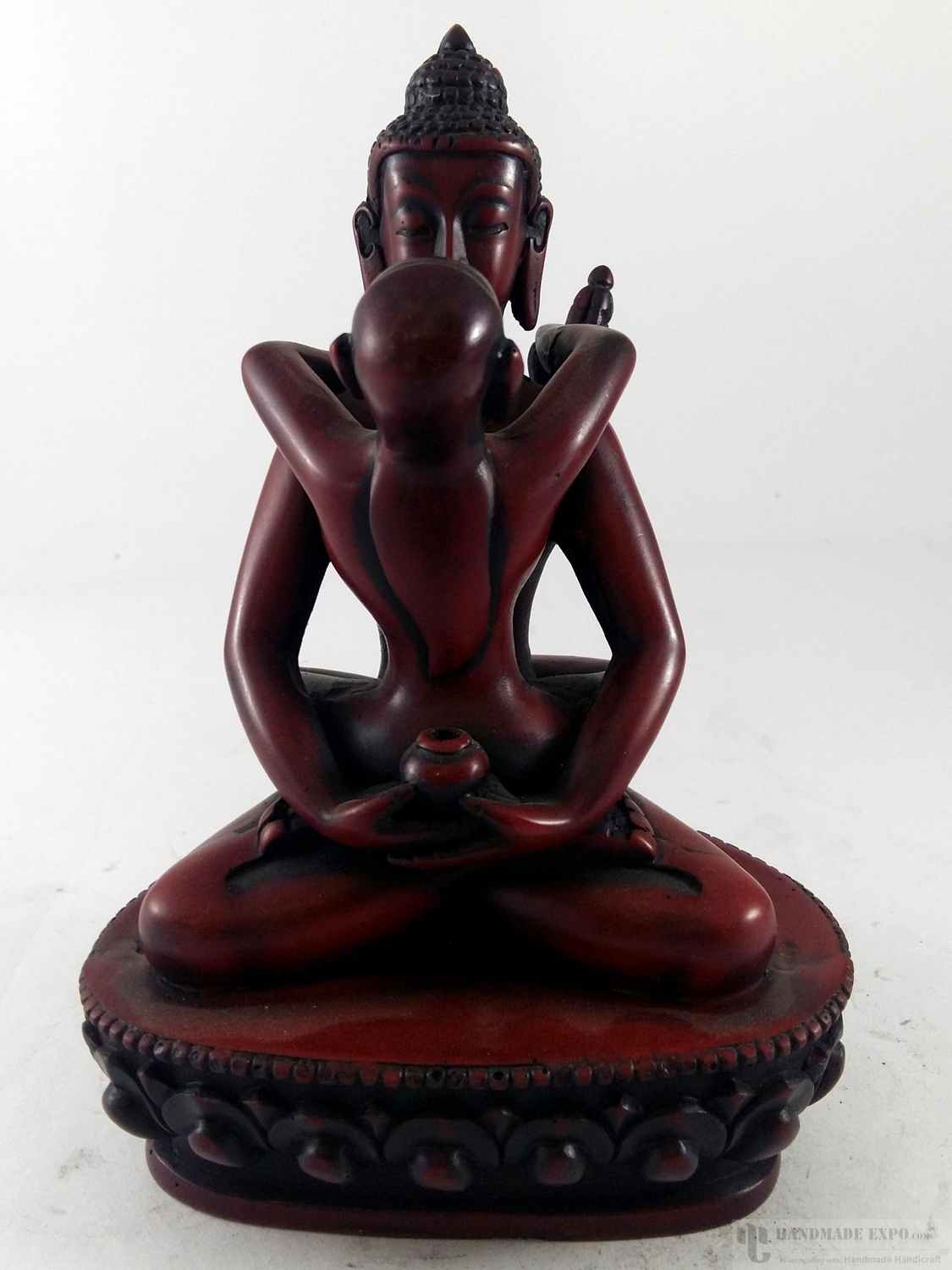 of Samanthabhadra
of Samanthabhadra 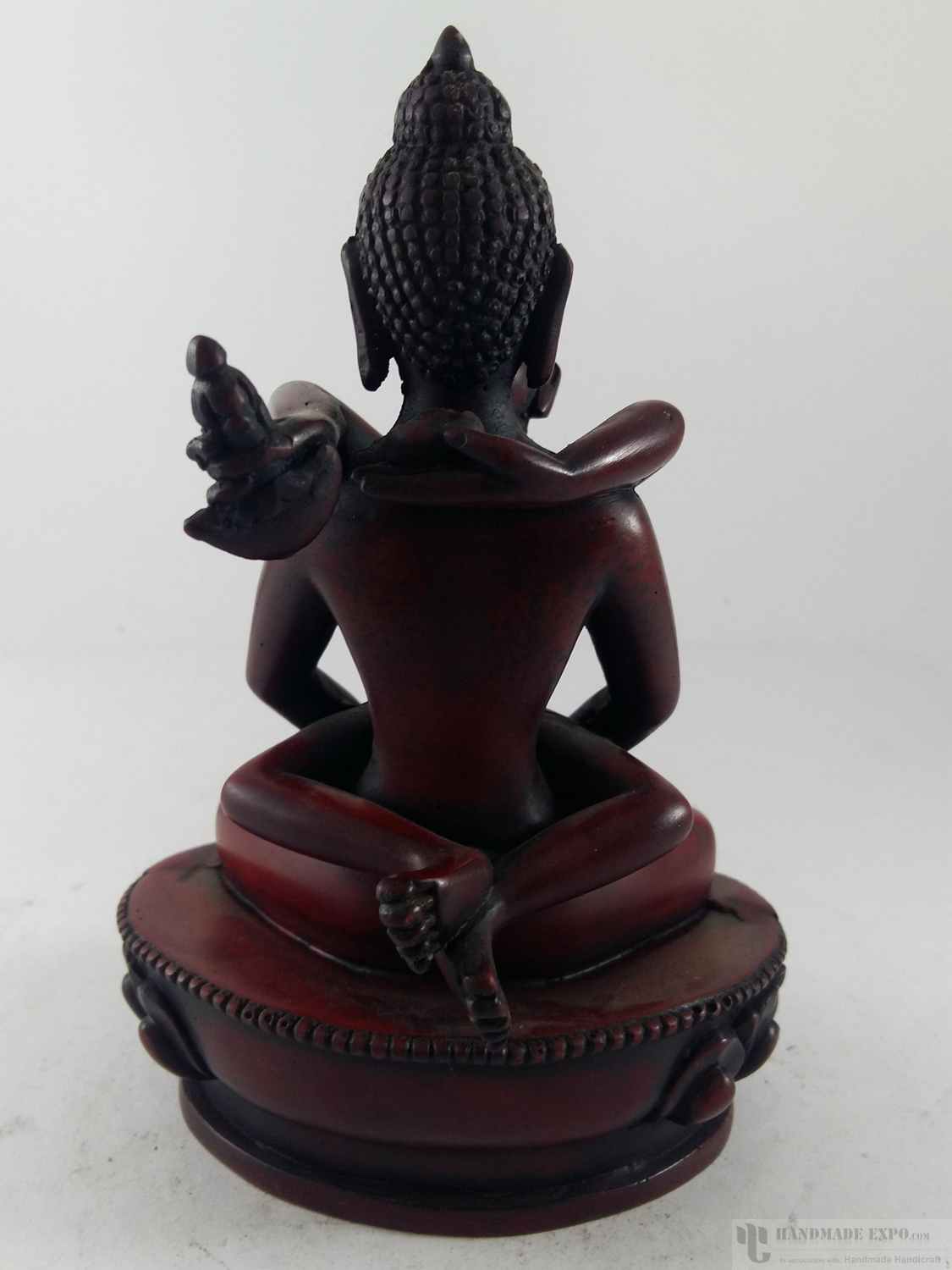 of Samanthabhadra
of Samanthabhadra 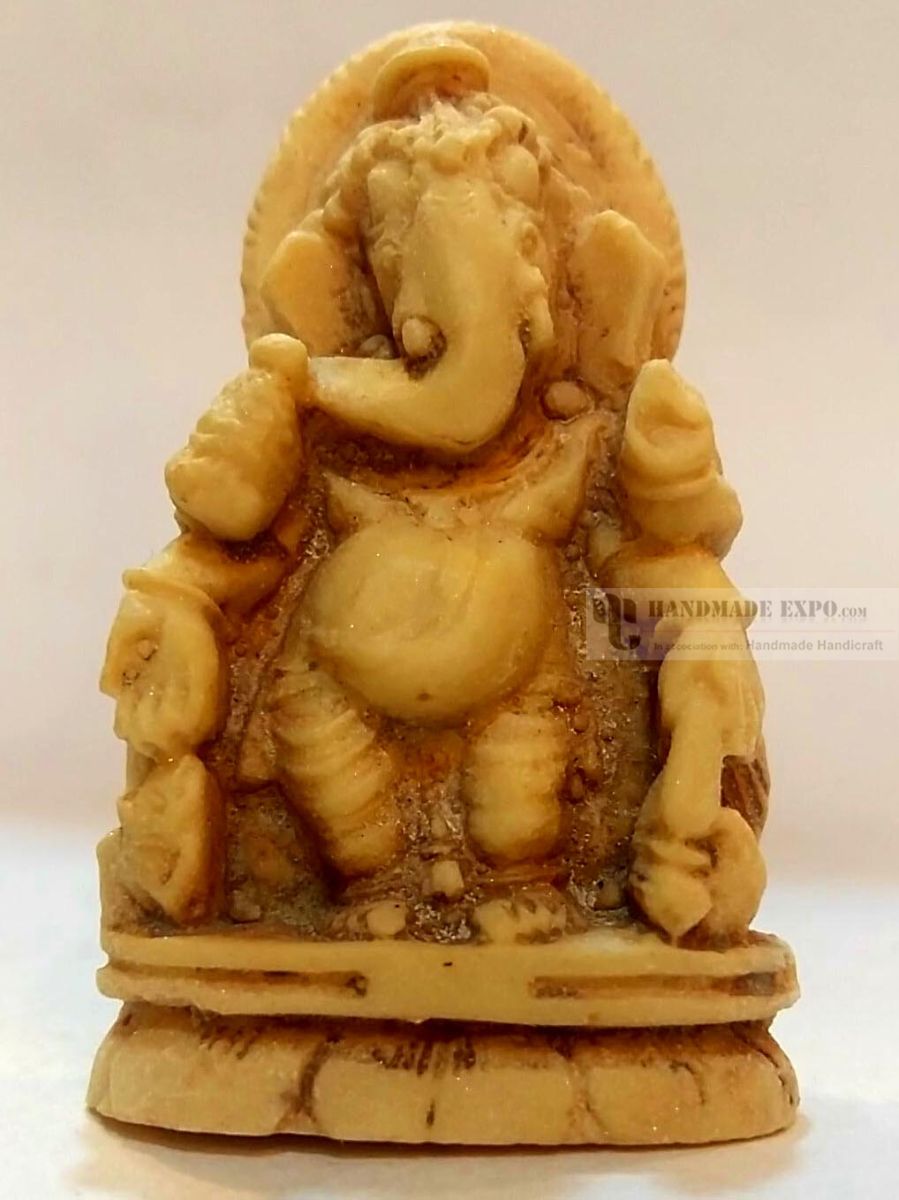
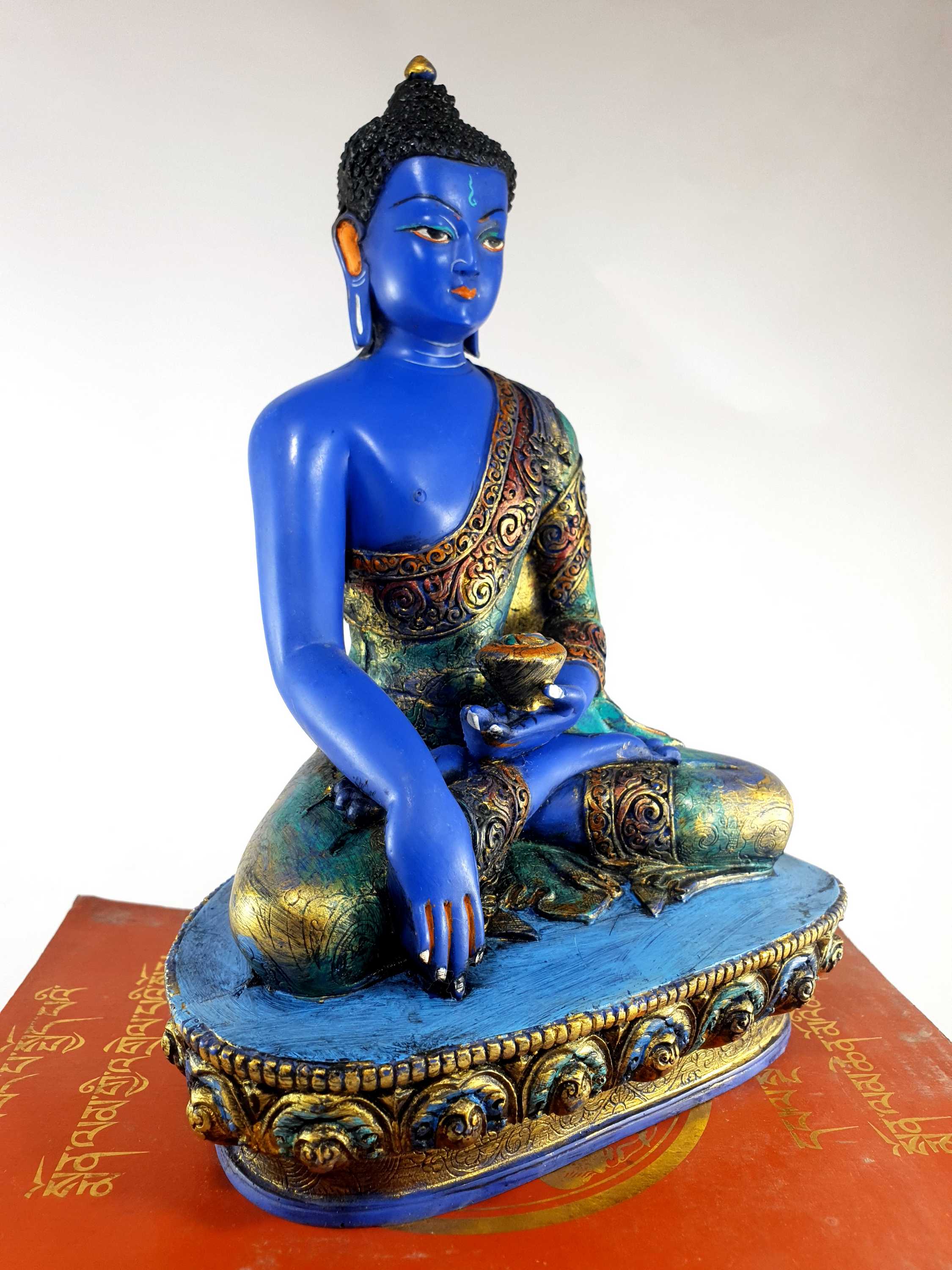 of Shakyamuni Buddha
of Shakyamuni Buddha 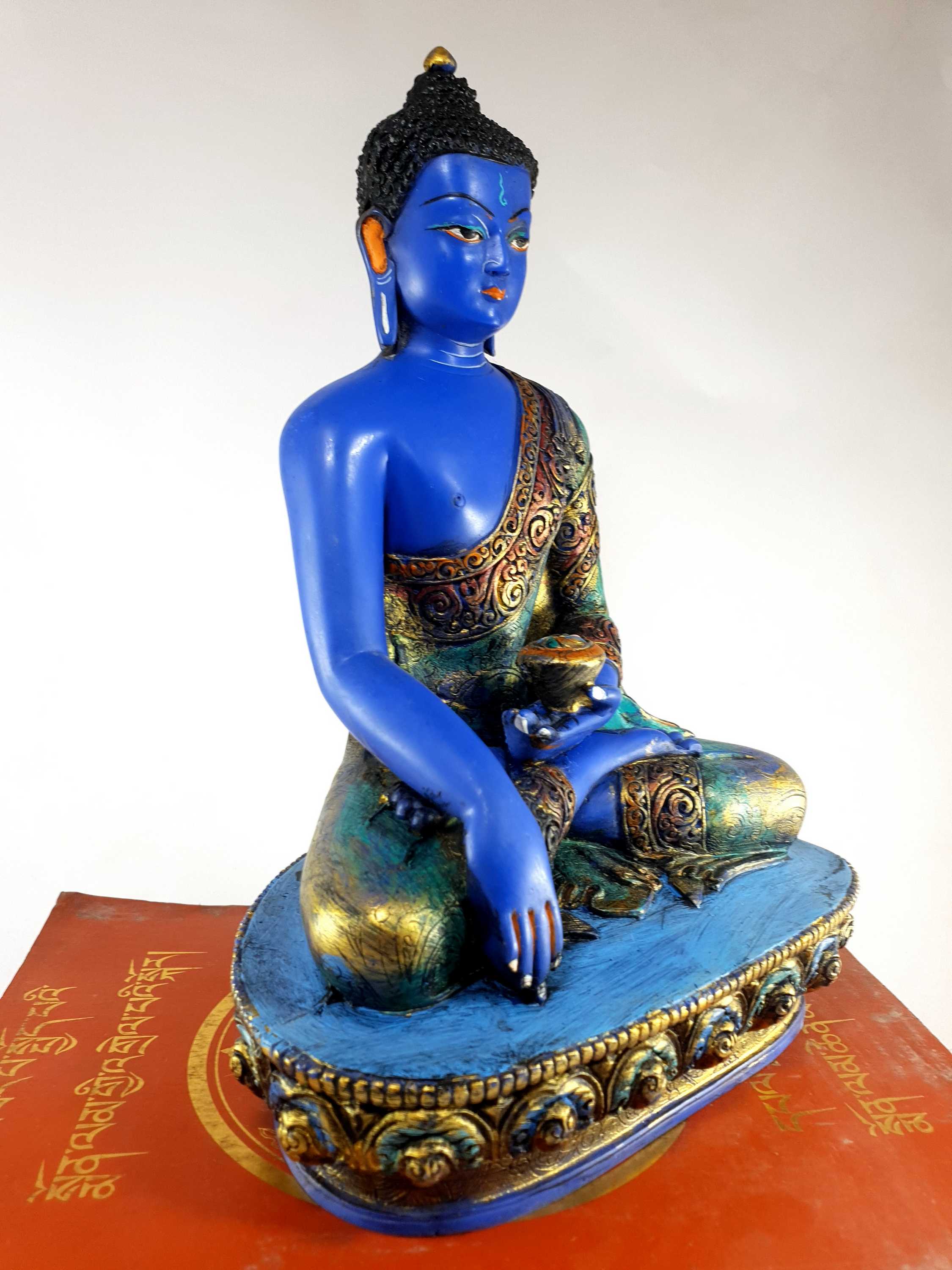 of Shakyamuni Buddha
of Shakyamuni Buddha 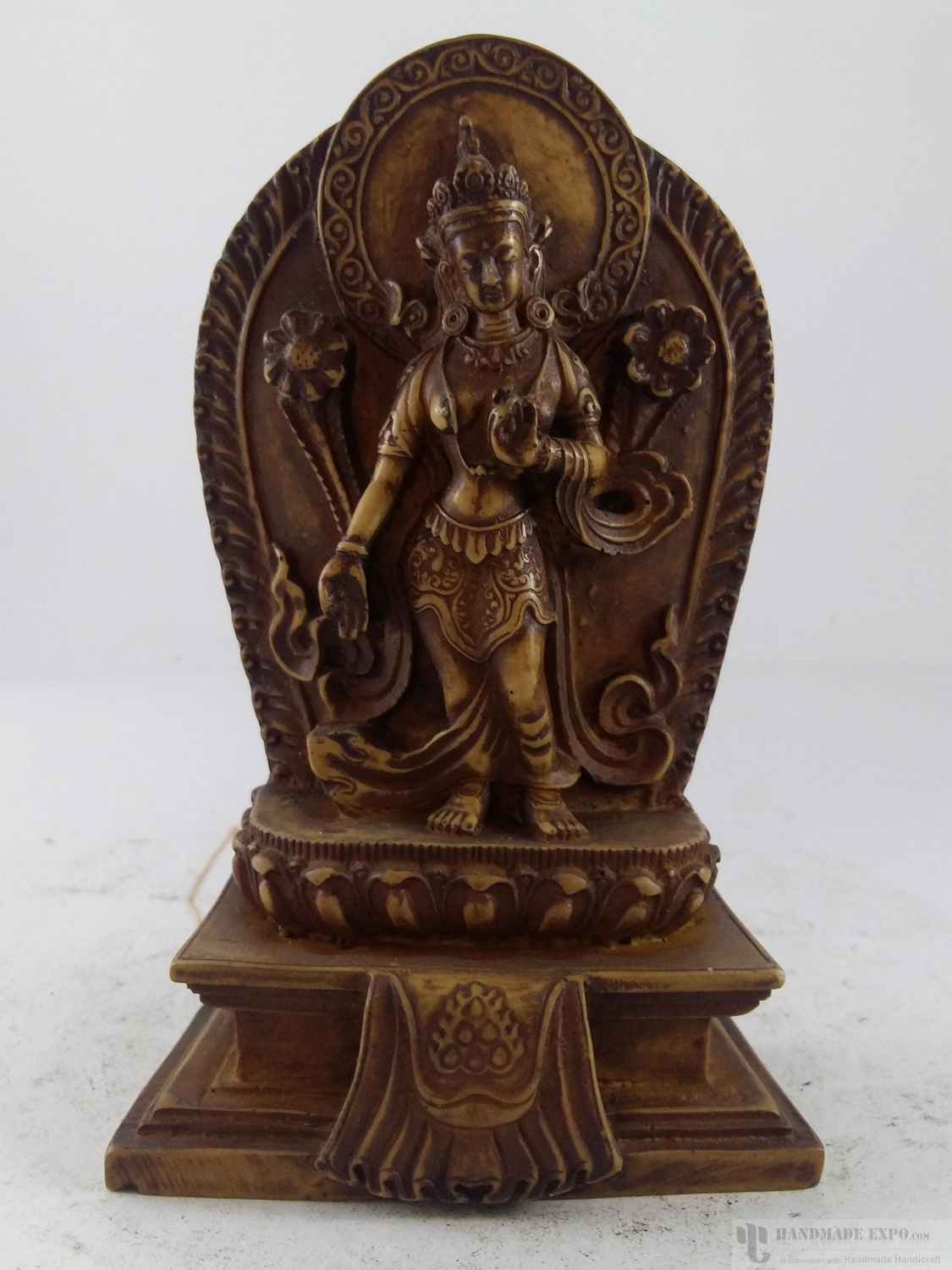 of Standing Green Tara
of Standing Green Tara  of Standing Green Tara
of Standing Green Tara 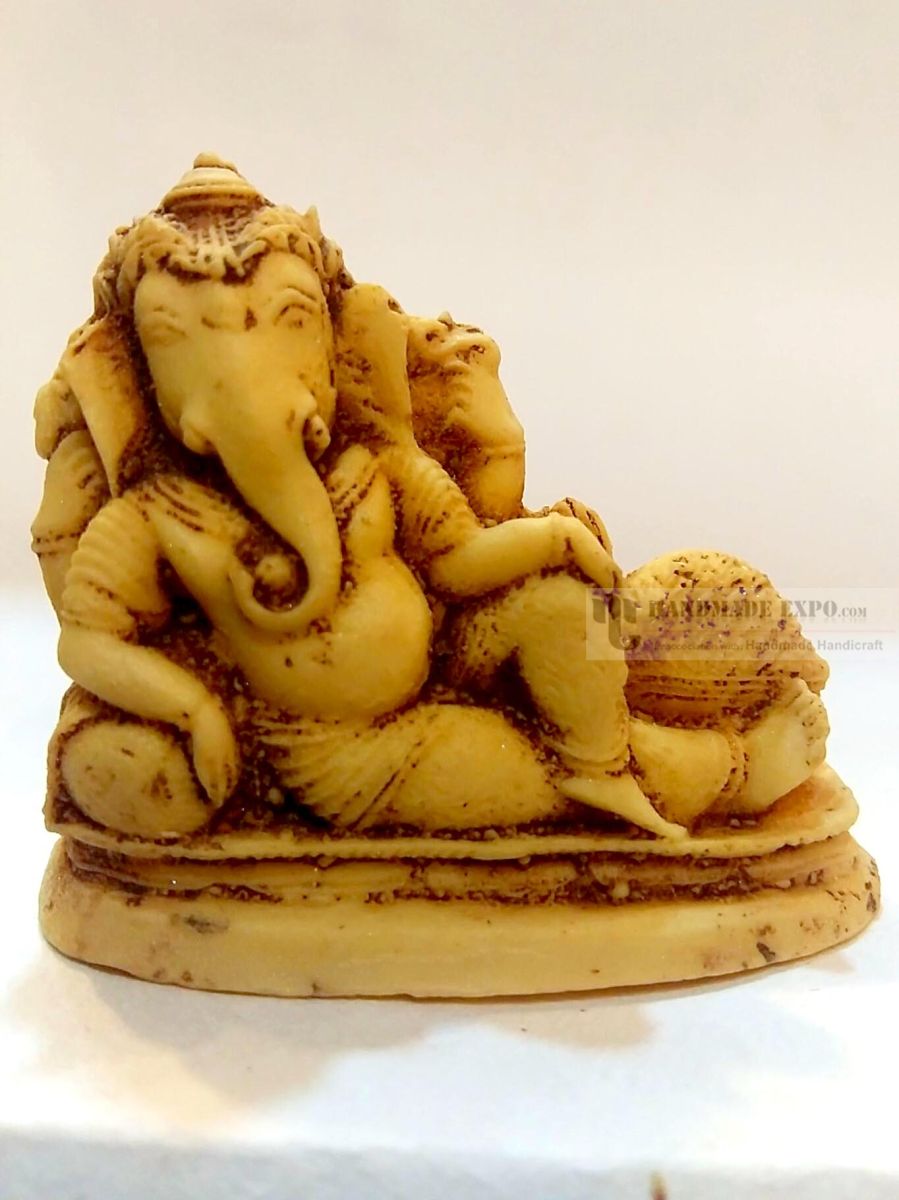
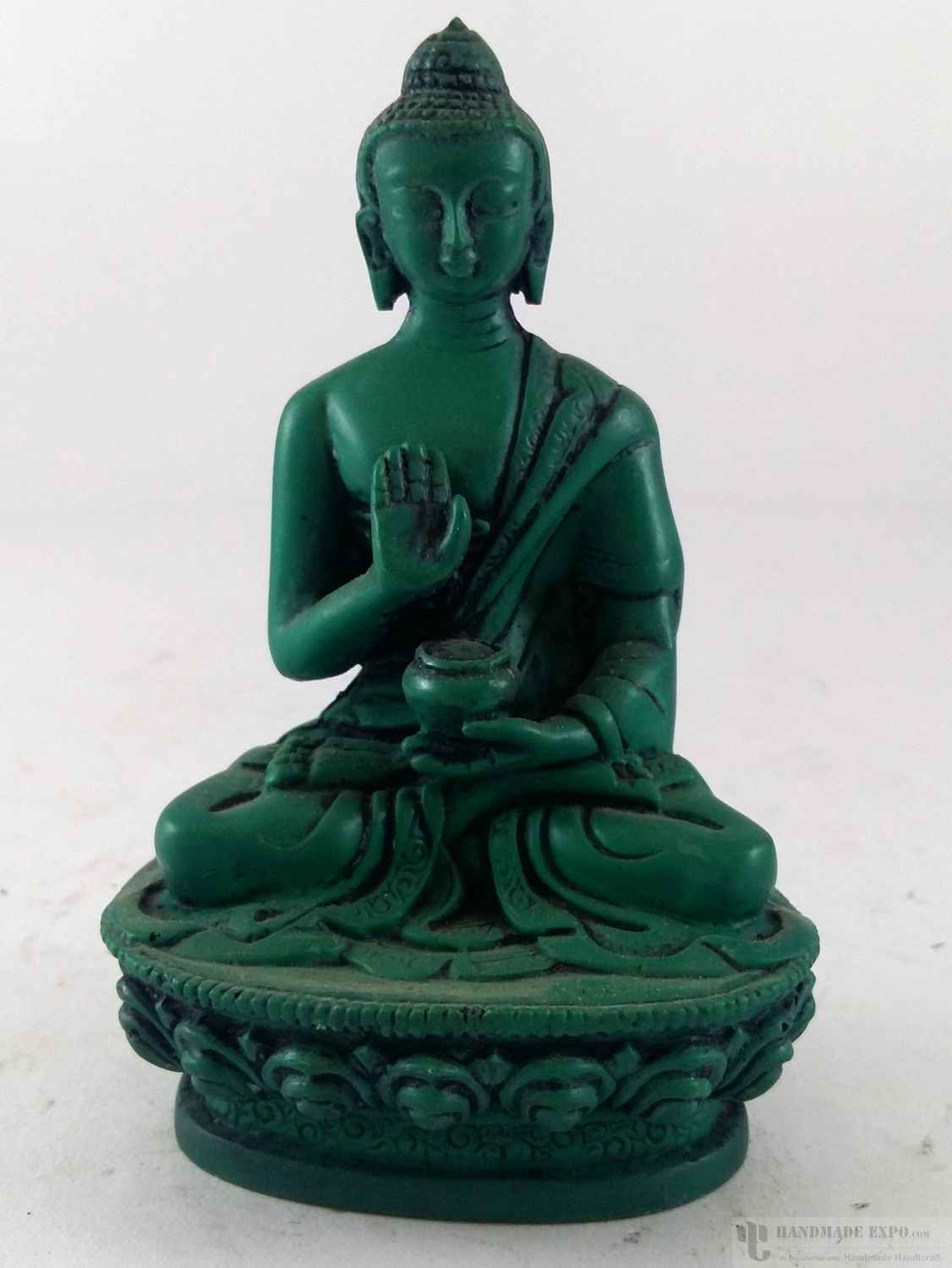 of Amogshiddhi Buddha
of Amogshiddhi Buddha 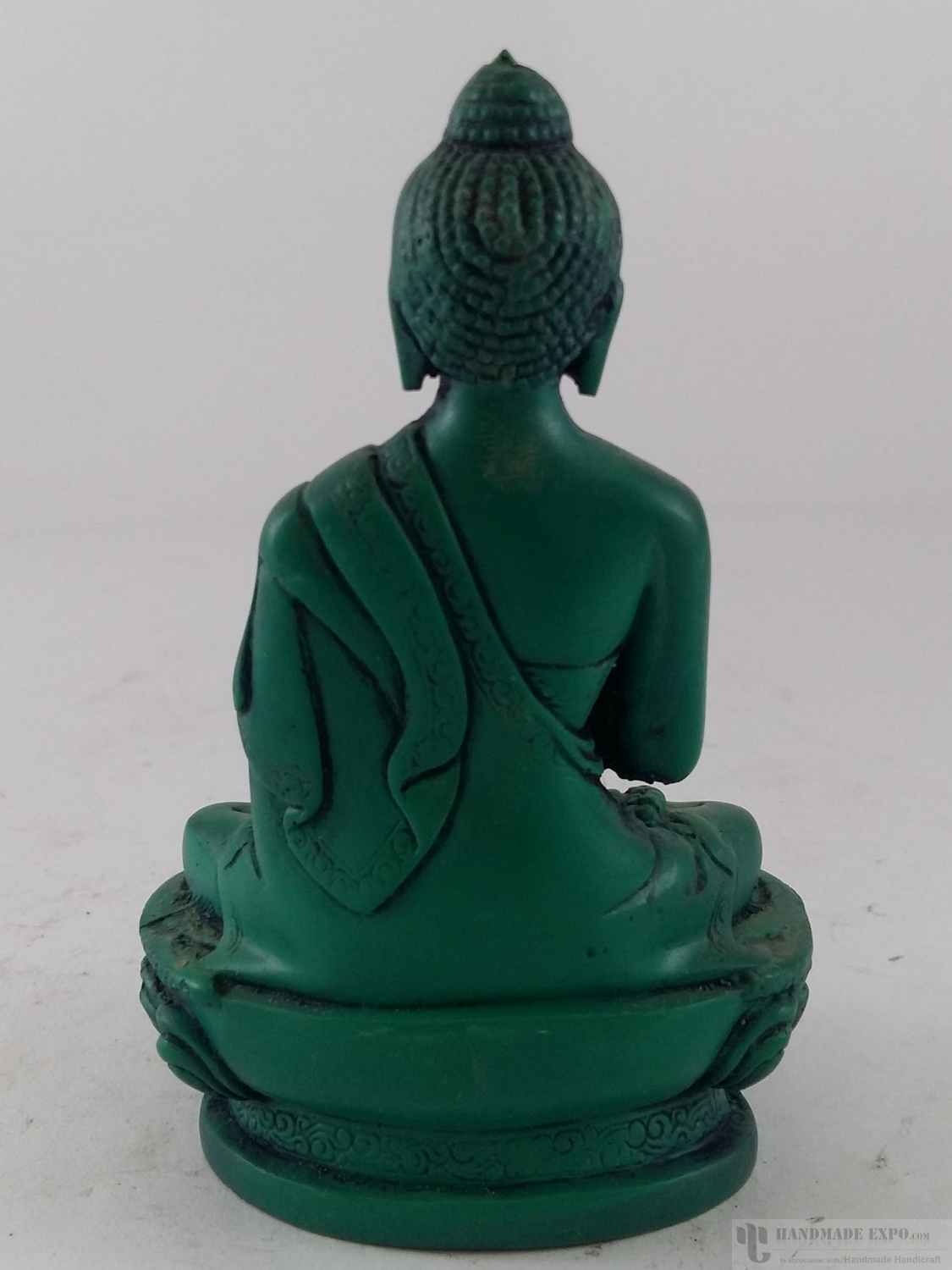 of Amogshiddhi Buddha
of Amogshiddhi Buddha